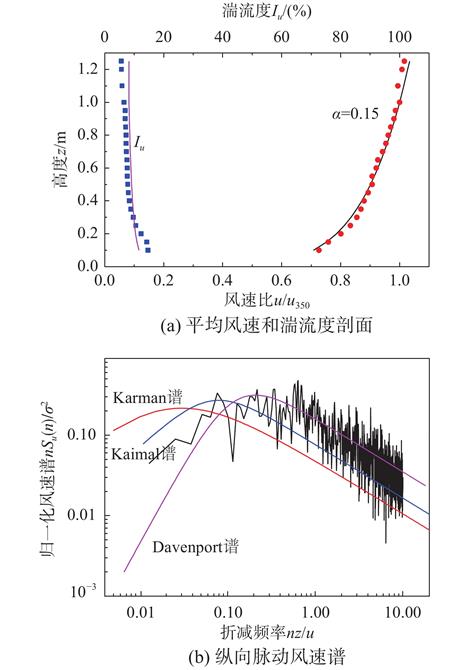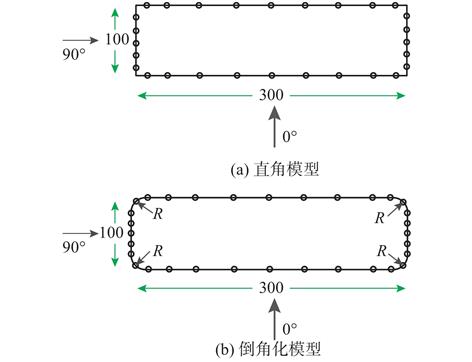| 降低超高层建筑横风向响应气动措施研究进展 |
| |
| 引用本文: | 董欣, 丁洁民, 邹云峰, 左太辉. 倒角化处理对于矩形高层建筑风荷载特性的影响机理研究[J]. 工程力学, 2021, 38(6): 151-162, 208. DOI: 10.6052/j.issn.1000-4750.2020.07.0451 |
| |
| 作者姓名: | 董欣 丁洁民 邹云峰 左太辉 |
| |
| 作者单位: | 1.同济大学建筑设计研究院(集团)有限公司, 上海 200092;2.上海防灾救灾研究所, 上海 200092;3.中南大学土木工程学院,湖南,长沙 410075 |
| |
| 基金项目: | 国家自然科学基金青年基金项目(51408353);上海市自然科学基金项目(19ZR1421000);上海市青年科技启明星计划项目(15QB1404800);国家自然科学基金面上项目(52078504) |
| |
| 摘 要: | 
通过风洞测压试验,对比不同风向下、不同倒角半径的矩形高层建筑表面风压分布、整体风力及斯托罗哈数St;采用PIV试验,给出建筑的近尾流流动特性,并从流场作用角度,揭示倒角化处理对于矩形高层建筑风荷载特性的影响机理。研究表明:临界风向下,在建筑一侧分离的剪切层发生流动再附,形成分离泡;此时,建筑的阻力达谷值,升力和St达最大值。相比而言,倒角化矩形高层建筑的临界风向小于无气动措施的工况。St主要受到横风向投影宽度和尾流涡对间距的影响,在一定的风向范围内,当倒角半径达一定数值,St将有所增大。
在建筑的整体阻力方面,倒角化处理将使得建筑尾流涡对尺寸减小;涡对横向流速增大,涡量掺混运动加剧,旋涡强度减弱。在此作用下,建筑整体阻力降低。在建筑的整体升力方面,采用倒角化处理后,旋涡脱落的不规则性和随机性增大,脱落强度减弱,这促使建筑整体升力减小;但倒角化处理对于升力的减小效应并非见于所有风向。

|
| 关 键 词: | 倒角化 矩形高层建筑 PIV 分离泡 尾流涡对 |
| 收稿时间: | 2020-07-08 |
| 修稿时间: | 2020-11-16 |
|
| 点击此处可从《工程力学》浏览原始摘要信息 |
|
点击此处可从《工程力学》下载免费的PDF全文 |
|



